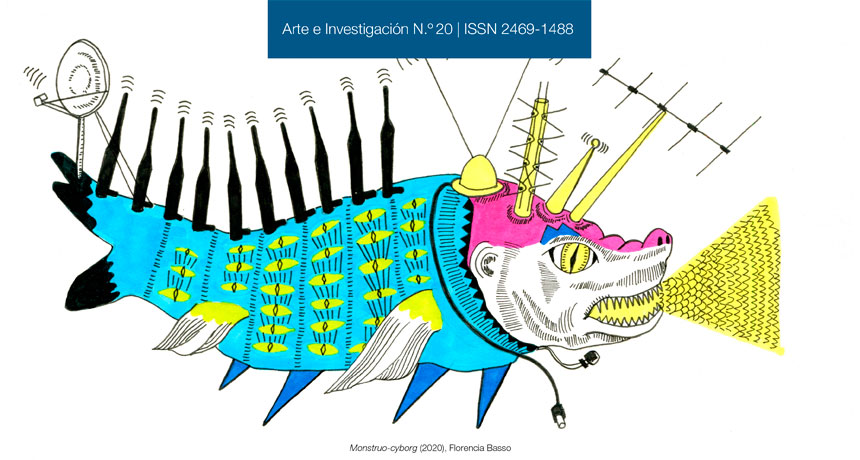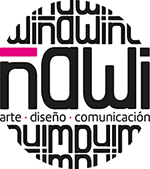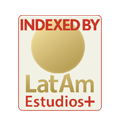Beyond the Objects
Sobre lo precario en Patrimonio (2003), de Ana Gallardo
DOI:
https://doi.org/10.24215/24691488e080Keywords:
Artistic practice, performative turn, action, experienceAbstract
This article analyzes the installation Patrimonio (2003) by the Argentine artist Ana Gallardo in relation to what we consider a performative turn of the visual arts. From this perspective, the work emerges as evidence of a repertoire of previous actions and through a series of strategies that insert it into these ways of art production. This installation simultaneously promotes relationships of proximity and distance with dayto-day life by appealing to poetic-symbolic strategies that move between the scenic and the visual, transforming experiential and corporal experiences into artistic material. In this sense, the installation reveals itself as a hybrid territory between multiple disciplines and materialities.Downloads
References
Alcázar, J. (2014). Performance: un arte del yo. Autobiografía, cuerpo e identidad. Ciudad de México, México: Siglo Veintiuno.
Baeza, F. (2013). Escrituras de la vida cotidiana. CAIANA. Revista de Historia del Arte y Cultura Visual del Centro Argentino de Investigadores de Arte (CAIA), (2), 1-11. Recuperado de http://caiana.caia.org.ar/template/caiana.php?pag=articles/article_2.php&obj=97&vol=2
Bardet, M. (2019). Hacer mundos con gestos. En A. Haudricourt, El cultivo de los gestos. Entre plantas, animales y humanos (pp. 83-111). Ciudad Autónoma de Buenos Aires, Argentina: Cactus.
Chaile, G. y Yesari, S. (2017). Entrevistas coleccionables. Ana Gallardo. Recuperado de http://entrevistascoleccionables.com/Ana-Gallardo
Fabião, E. (2019). Performance y precariedad. En B. Hang y A. Muñoz (Comps.), El tiempo es lo único que tenemos. Actualidad de las artes performativas (pp. 25-49). Ciudad Autónoma de Buenos Aires, Argentina: Caja Negra.
Fernández, A. C. (2019). Autobiografía. Los sentidos políticos del cuerpo (Tesis de grado). Recuperado de http://sedici.unlp.edu.ar/handle/10915/92172
Fischer Lichte, E. (2011). Estética de lo performativo. Madrid, España: Abada Editores.
Sánchez, J. A. y Prieto, Z. (2013). Los desafíos del «giro performativo»: el modelo de Alexander y la pervivencia de Turner. En F. Oncina y E. Cantarino (Coords.), Giros narrativos e historias del saber (pp. 77-110). Madrid, España: Plaza y Valdés.
Valesini, M. S. y Valent, G. (2020). Muerte y renacimiento de una imagen: Oscar Muñoz y el giro performativo en las artes visuales. En D e ´A peste´ o ´Estrangeiro´ ou as Arte em 2020: Atas do XI Congresso Internacional CSO, Criadores Sobre outras Obras [De ‘La peste’ al ‘Extranjero’ o las artes en 2020: Actas del XI Congreso Internacional CSO, Creadores Sobre Otras Obras] (pp. 1311-1318). Recuperado de http://cso.belasartes.ulisboa.pt/ACTAS_CSO2020.pdf
Viveros Barradas, F. (1993). Cómo voy a vender. En Borrate [CD]. Ciudad de México, México: Musart-Balboa, Concord Music Group, Inc. Disponible en https://youtu.be/bECcNpg4GLY
Downloads
Published
How to Cite
Issue
Section
License
The acceptance of the manuscript by the magazine means the non-exclusive cession of the property rights of the authors in favour of the editor, who allows the reuse, after publication (post print), under a license Attribution-NonCommercial-NoDerivatives 4.0 International. According to these terms, the material can be copied and redistributed by any means or in any format as long as a) the author and original source of the publication are quoted (magazine and URL of the work), access to the license is provided and whether changes have been made is mentioned; and b) the material is not used for commercial purposes.
The cession of non-exclusive rights means that after the publication (post print) in Arte e Investigación the authors can publish their work in any language, means and format; in such cases it must be mentioned that the material was originally published in this magazine. Such cession also means the authorization of the authors for the work to be collected by SEDICI, the institutional archive of the National University of La Plata, and to be spread in the databases that the editorial team considers appropriate to increase the visibility of the publication and its authors.
Moreover, the magazine encourages the authors to deposit their productions in other institutional and thematic archives under the principle that offering the society the scientific and academic production without any restrictions contributes to a greater exchange of the global knowledge.


































